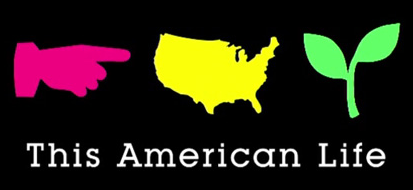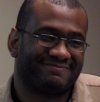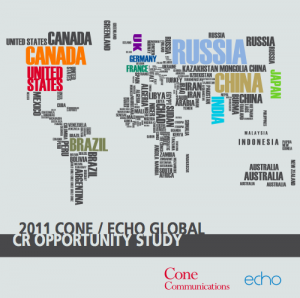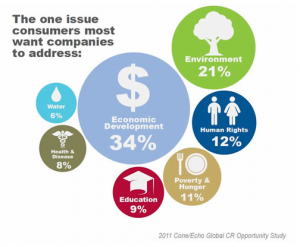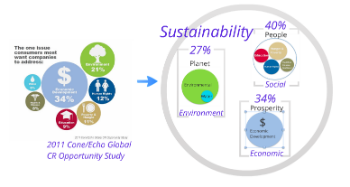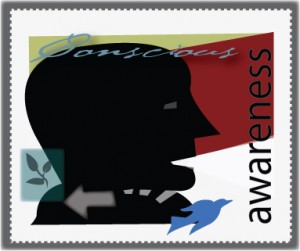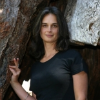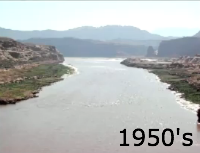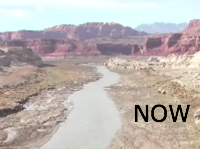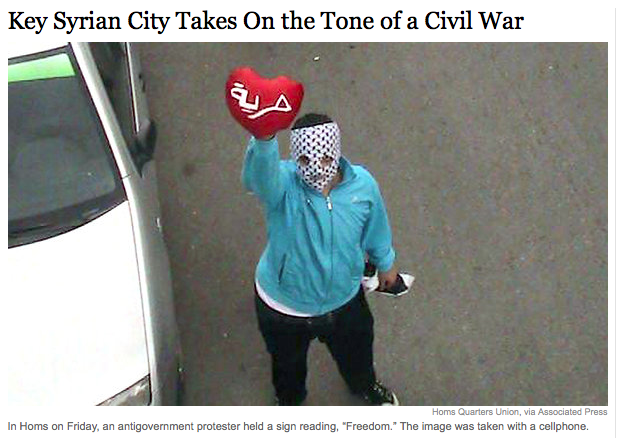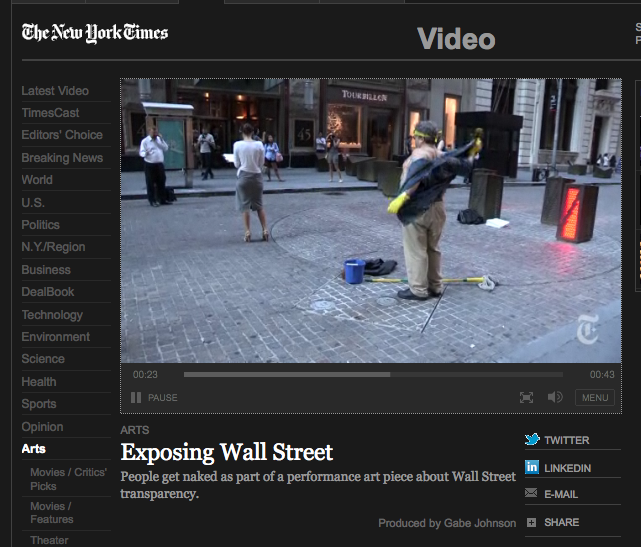The 1.2M citizens per month* searching Google on the term, sustainability, very often ask, as we do here, What is Sustainability? It shows we have some work to do to raise awareness by starting with the basics. The definition I use most frequently comes from the Constitution of the Iroquois Nations:
Look and listen for the welfare of the  whole people and have always in view not only the present but also the coming generations, even those whose faces are yet beneath the surface of the ground – the unborn of the future Nation.
whole people and have always in view not only the present but also the coming generations, even those whose faces are yet beneath the surface of the ground – the unborn of the future Nation.
Here are thirteen other voices, some you may recognize, others, until you listen, are strangers, but all are sustainability advocates.![]() We begin with Dr. Stuart Hall of Cornell University, Sustainability Has Many Definitions, 1:37
We begin with Dr. Stuart Hall of Cornell University, Sustainability Has Many Definitions, 1:37
Larry Merculieff (Aleut), Alaska Native Science Commission, Use of the Term Sustainability 4:52. This is one interview of a series conducted by Dr. David Hall on Native Perspectives of Sustainability.
Dr. Karl-Henrik Robèrt of The Natural Step, Defining Sustainability:Business ![]() Insights, 1:39 and The Responsibility of Civic and Business Leaders, A Personal View 5:56. No better source for sustainability than Dr. Robèrt.
Insights, 1:39 and The Responsibility of Civic and Business Leaders, A Personal View 5:56. No better source for sustainability than Dr. Robèrt.
Dassault Systemes, Definition of Sustainable Innovation, Elementary Style, animation, 2:50
Hunter Lovins, Natural Capitalism Solutions, What is Sustainability? A Nest of Issues 9:26
RealEyes, Definition of Sustainability, animated feature 2:02. More videos on their YouTube channel such as Sustainability in Turkish.
![]() Dr. Albert Bartlett, Sustainability 101: Exponential Growth, 59:12 Even the first 3 minutes is worth the listen especially about percent growth rate, but this is really stuff we should have all learned in arithmetic.
Dr. Albert Bartlett, Sustainability 101: Exponential Growth, 59:12 Even the first 3 minutes is worth the listen especially about percent growth rate, but this is really stuff we should have all learned in arithmetic.
Chris Farrell, Being Frugal: The Original Sustainability, 5:34 He makes a good point.
Christoph Lueneburger of Egon Zehnder, Definition of Sustainability by Corporations, 3:01. Biggest barrier is just starting with the definition.
People 4 Earth, Consumer Awareness of Sustainability, animation, 2:50. More of this kind of education and we further consumer and sustainability awareness.
Allison and Bud McGrath, R&K McGrath & Associates, What Is Sustainability? (audio only) and a father-daughter team.
Professor Julian Agyeman, Tufts University, What is Just Sustainability? 38:11. This is Julian’s keynote speech before the Association for the Advancement of Sustainability in Higher Education (AASHE).
Professor Nikos Avionas, What is Your Vision for Sustainability, 4:56
 These voices of sustainability on EarthSayers.tv will give you more to talk about, new people to reference, and great quotes when the topic of sustainability comes up as it does often. We hope you will be inspired to do your own definition and “broadcast yourself.” When you do post it to YouTube to let us know about it and we will add it to our special collection, What Is Sustainability? If you want to do more online video around sustainability to increase sustainability awareness for you and your business, call us. With over 1,000 voices now in our collection, all curated for relevancy and quality, we have learned a bit about sustainability and online video.
These voices of sustainability on EarthSayers.tv will give you more to talk about, new people to reference, and great quotes when the topic of sustainability comes up as it does often. We hope you will be inspired to do your own definition and “broadcast yourself.” When you do post it to YouTube to let us know about it and we will add it to our special collection, What Is Sustainability? If you want to do more online video around sustainability to increase sustainability awareness for you and your business, call us. With over 1,000 voices now in our collection, all curated for relevancy and quality, we have learned a bit about sustainability and online video.
Ruth Ann Barrett, Sustainability Advocate, March 12, 2012, Portland, Oregon, 415-377-1835.
Note: *This is about the same number for those searching on corporate social responsibility and those wanting to know the price of an iPhone.


